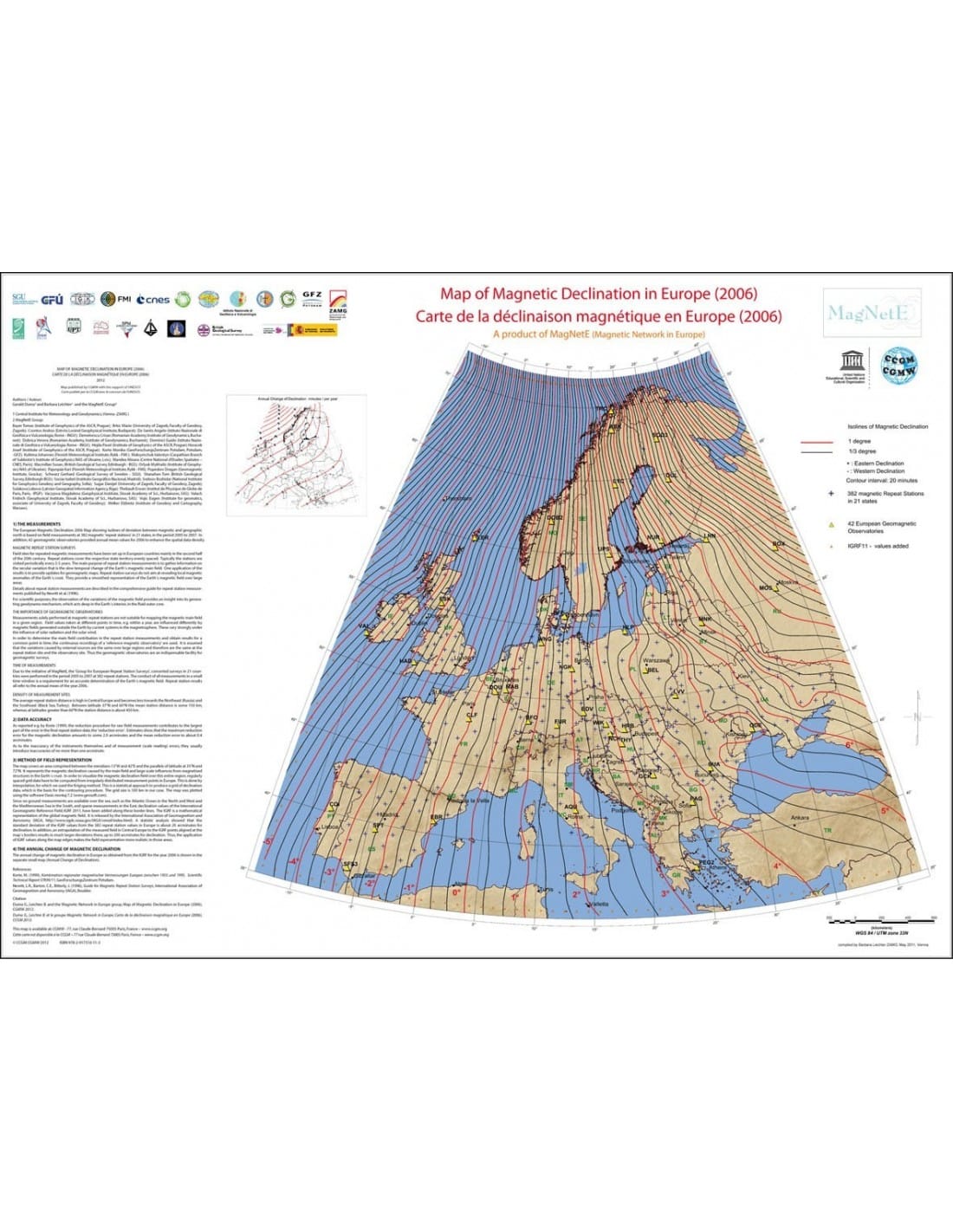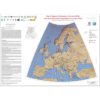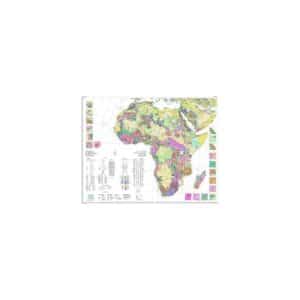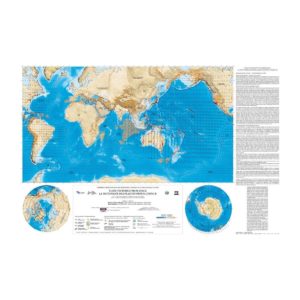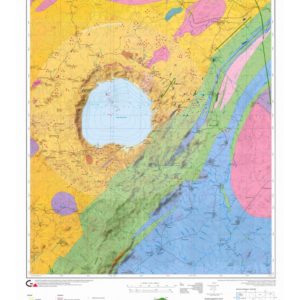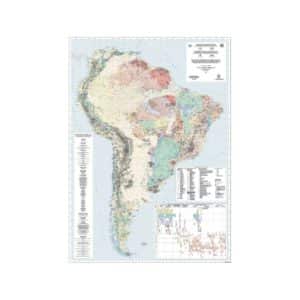Due to the summer break, the online shop will reopen on 15 August. Orders will be temporarily suspended until then.
Thank you for your patience and support.
We look forward to seeing you soon with an even more ethical and efficient site!
Map of magnetic declination in Europe-2006
8,50 €
Map of magnetic declination in Europe-2006
Scale 1:20,000,000
Dimensions: 82 x 60 cm
CCMG 2012
Authors: Gerald Duma & Barbara Leichter (Central Institute for Meteorology and Geodynamics, Vienna - ZAMG) and the European research group MagNetE.
Description
The Map of magnetic declination in Europe-2006 shows the deviation between magnetic and true north.
The Magnetic Declination Map of Europe (2006) shows the deviation between magnetic and geographic north. It was produced from field measurements made by 382 magnetic relay stations in 21 states during the period 2005-2007. 42 geomagnetic observatories contributed to improve the density of spatial information by providing data corresponding to annual averages for the year 2006.
The map shows the magnetic declination resulting from the main field and the large-scale influences from magnetised structures within the Earth's crust. The map covers the area between meridians 13°W and 42°E and parallels between latitudes 35°N and 72°, spread over 100 km grids. In order to obtain an overall view of the magnetic declination field, the data were rendered on a regular grid from measurement points distributed irregularly over the European territory.
In order to obtain an overview of the field of magnetic declination, the data were restored on a regular grid from measurement points distributed irregularly over the European territory.
In the absence of field measurements at sea, e.g. to the north and west in the Atlantic Ocean and to the south in the Mediterranean Sea, and due to sparse measurements to the east, declination values from the International Geomagnetic Reference Field, IGRF 2011, have been added along these lines. The IGRF is a mathematical representation of the global magnetic field published by the International Association of Geomagnetism and Aeronomy (IAGA, http://www.ngdc.noaa.gov/IAGA/vmod/index.html).
The annual variation of the magnetic declination in Europe was obtained from the IGRF for the year 2006 and is shown in the small map. The mapping was done with the software Oasis montaj 7.2 (www.geosoft.com).
Map of magnetic declination in Europe-2006
Informations complémentaires
| Weight | 0,06 kg |
|---|---|
| Packaging | Tube (e.g. rolled card), Envelope (e.g. folded card or booklet) |
| Length | |
| Width | |
| Weight | |
| Scale |

